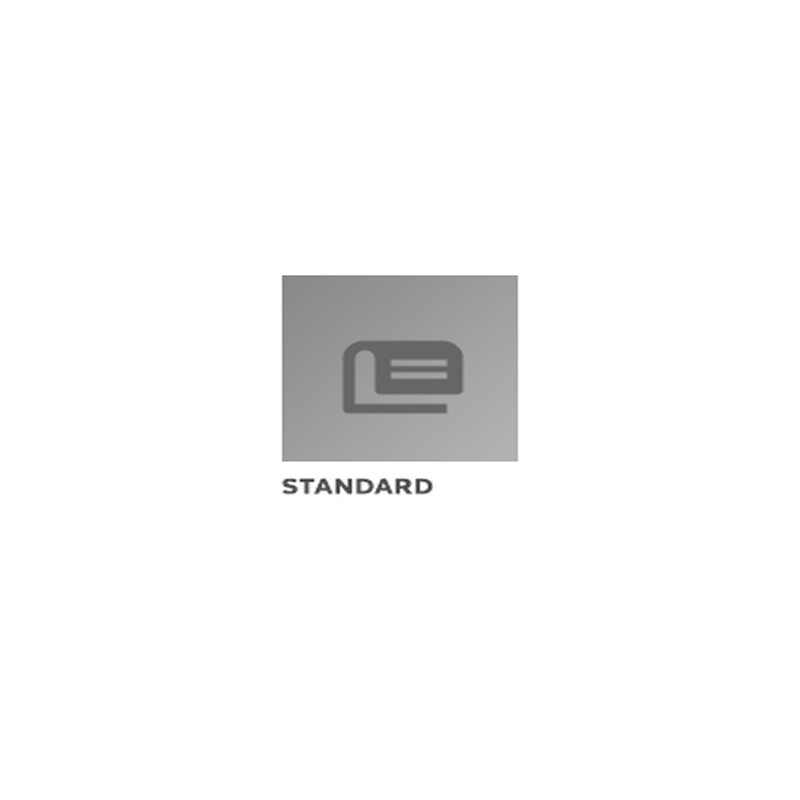Description / Abstract:
The coatings covered in this document are intended to yipvide
corrosion resistance, improved paint adhesion and abrasion
resistance as specified in 6.1.1 through 6.1.3. This document is
not intended to sufficiently cover anodic coatings for use in
structural adhesive bonding.
Types I, IB and II: The conventional Types I, IB and II anodic
coatings are intended to improve surface corrosion protection under
severe service conditions or as a base for paint systems. Anodic
coatings can be colored with a large variety of dyes and pigments.
Types I, IB and II coatings provide better corrosion protection at
higher cost than the chemical conversion systems. Repair of
mechanically damaged areas by the use of materials conforming to
MIL-C-81706 (see 3.3.4) will not restore abrasion resistance but
will provide an effective means of reestablishing corrosion
resistance. Where anodic coatings are required on fatigue critical
components, Type I and IB coatings (see 6.1.2) are used due to the
thinness of the coating (see 6.10.7).
Type IC and IIB: Type IC and IIB coatings provide non-chromate
alternatives to Type I and IB coatings where corrosion resistance,
paint adhesion, and fatigue resistance is required. Please note
that Type IC or IIB may not serve as suitable replacements when the
effects of electrolyte entrapment is the primary concern (see
3.3.1.2 and 3.3.1.3). Maximum Type IC and Type IIB coating weights
of 700 mg/ft2 and 1000 mg/ft2, respectively, are specified in Table
I for fatigue purposes (see 6.10.7). If higher Type IC coating
weights are permissible for the intended use, it should be
specified in the contract or purchase order (see 6.2). If higher
Type IIB coating weights are permissible for the intended use, Type
II should be specified.
Type III: Type III coatings are intended to provide wear and
abrasion resistant surfaces with improved corrosion protection due
to greater thickness and weight than the conventional anodic
coatings. Sealing of Type III coatings is not recommended unless
corrosion resistance is also a factor. Wear resistance is reduced
by sealing. Anodic coatings form an excellent base for most types
of paint systems, adhesives and dry film lubricants. Hard coatings
may reduce fatigue strength. These factors should be considered in
proposed use of parts subjected to cyclic loads. Generally, these
hard coatings should not be used on parts or portions of parts
which normally during rework would require restoring of dimensional
tolerances because of wear of hard coated surfaces.
Applications: Type III coatings are used in such applications as
valves, sliding parts, hinge mechanisms, cams, gears, swivel
joints, pistons, rocket nozzles, insulation plates, blast shields,
etc.


